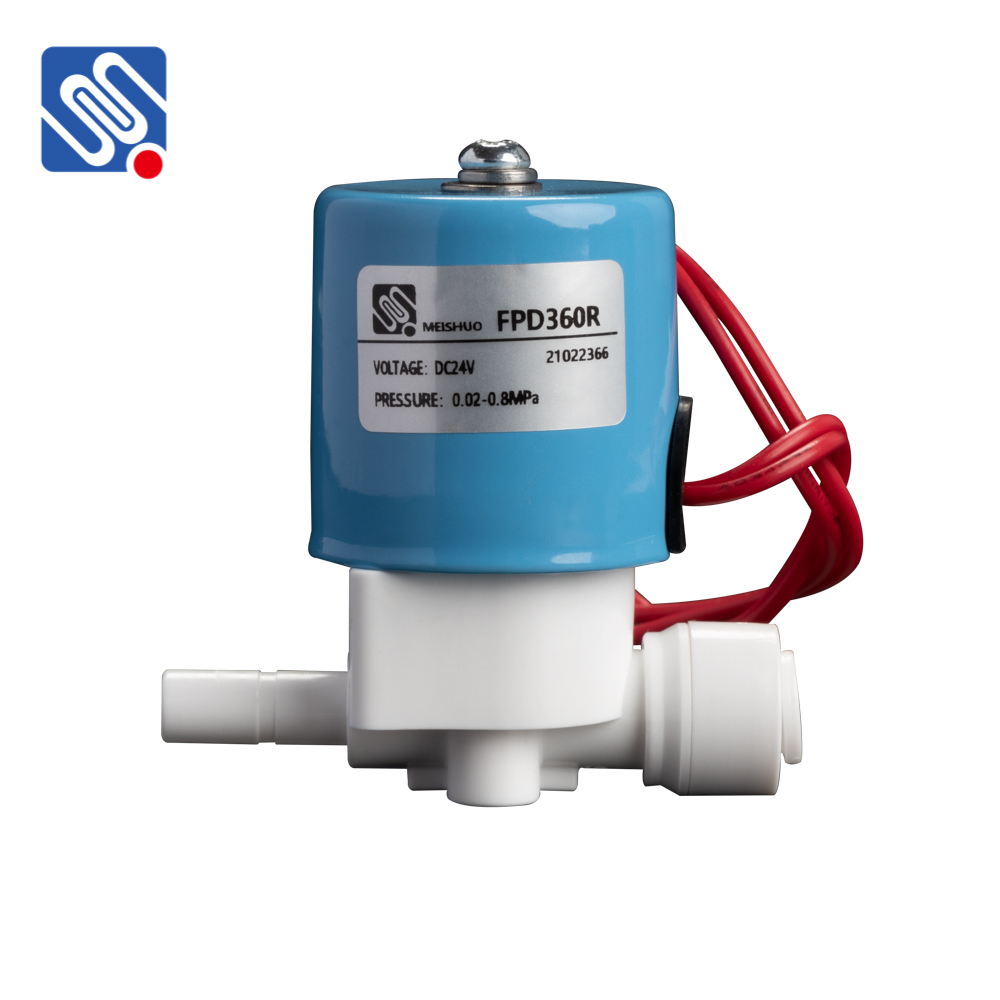rohs compliant solenoid valve: ensuring safety and environmental responsibility in modern industrial systems
Release time:2025-07-21 01:10:49
In today’s rapidly evolving industrial landscape, environmental responsibility and safety have become paramount concerns. One of the key components in achieving sustainability in industrial operations is ensuring compliance with regulations that minimize environmental impact. A notable example of such compliance is the RoHS (Restriction of Hazardous Substances) directive, which aims to limit the use of certain hazardous materials in electrical and electronic products. Among the essential components that must meet RoHS standards are solenoid valves, which are integral to various automated systems across industries.

What is a RoHS Compliant Solenoid Valve?
A solenoid valve is an electromechanical device that controls the flow of liquids or gases in a system by using an electromagnetic solenoid. The solenoid, when energized, creates a magnetic field that moves a plunger or armature to either open or close the valve. These valves are commonly used in applications such as air conditioning, water treatment, and manufacturing processes, where controlling fluid flow is crucial.
A RoHS compliant solenoid valve is a valve that adheres to the RoHS directive, which restricts the use of certain hazardous substances such as lead, mercury, cadmium, hexavalent chromium, and polybrominated biphenyls (PBB) and polybrominated diphenyl ethers (PBDE). These harmful substances are commonly found in electronic components and can pose significant risks to both human health and the environment.

